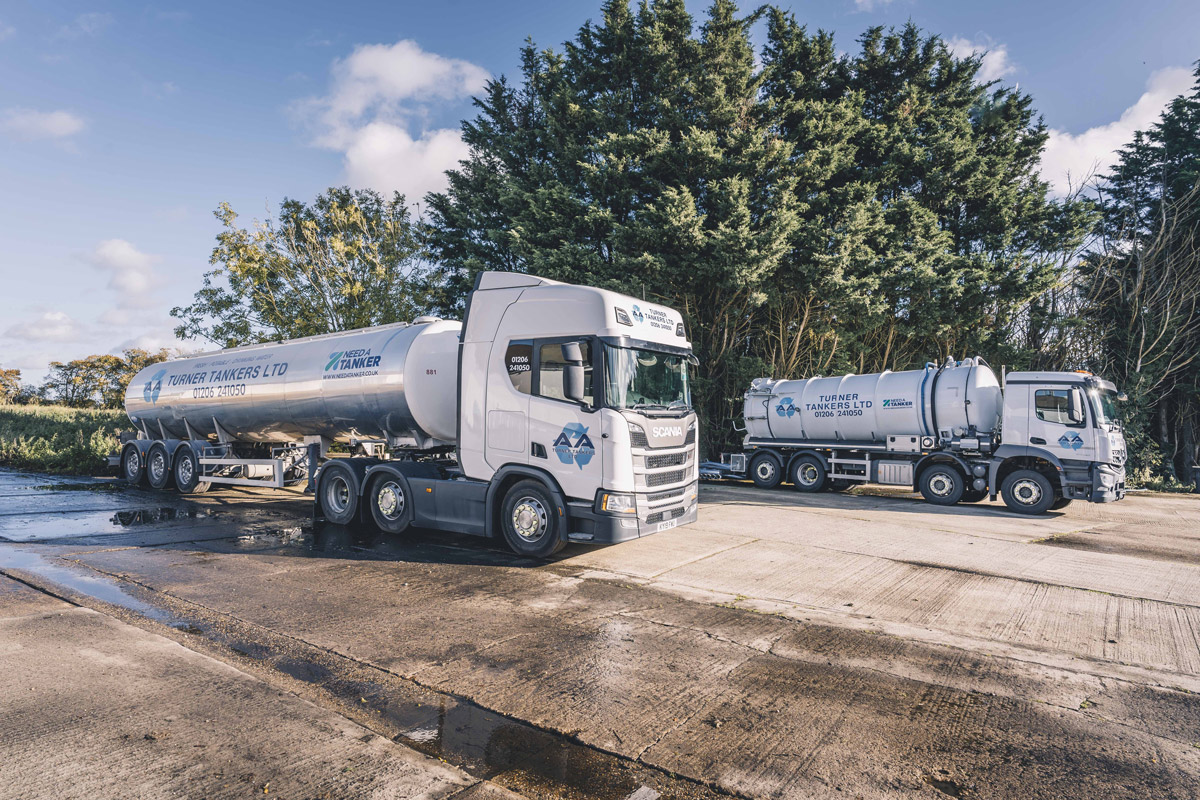The Greatest Guide To Reclaim Waste
The Greatest Guide To Reclaim Waste
Blog Article
The 9-Minute Rule for Reclaim Waste
Table of ContentsSome Known Details About Reclaim Waste The Only Guide for Reclaim WasteTop Guidelines Of Reclaim WasteThe Facts About Reclaim Waste UncoveredThe Of Reclaim Waste
Domestic sewer waste refers to the waste and items from a domestic septic storage tank. The proper administration and disposal of domestic sewage waste require fluid waste to be transferred to a sewage therapy plant where the proper techniques and equipment are used to detoxify and dispose of waste.
Industrial waste typically consists of possible threats, such as flammable materials or a mix of liquid and strong waste items, and calls for a more innovative and comprehensive disposal procedure. The disposal of commercial waste commonly entails the filtration of waste prior to transport to make sure safe and appropriate disposal. Industrial waste is produced from by-products and drainage of industrial processes and production.
This sort of waste can not make use of the same sewage administration transportation or processes as septic or commercial fluids. The industrial waste monitoring procedure calls for the examination and screening of liquid waste prior to it undergoes the disposal procedure (industrial wastewater treatment). Runoff waste is the fluid waste that comes from drainage and excess stormwater in highly inhabited areas or cities
Runoff waste can trigger contamination and flooding if not handled properly. Learn extra regarding drain cleansing and waste administration. Making sure correct waste management can stop catastrophes and decrease ecological harm. Both individuals in household settings and experts in commercial or manufacturing industries can take advantage of comprehending the procedures and policies of fluid waste administration.
Reclaim Waste Can Be Fun For Everyone
Call PROS Solutions today to find out about our waste administration and disposal solutions and the correct ways to care for the liquid waste you generate.
(https://www.ted.com/profiles/48198485/about)This supposed 'wastewater' is not just a crucial resource but, after treatment, will be released to our land, waterways or the sea. Used water from commodes, showers, baths, cooking area sinks, washings and commercial processes is recognized as wastewater.

water made use of to cool down equipment or tidy plant and equipment). Stormwater, a form of wastewater, is drainage that moves from farming and urban locations such as roof coverings, parks, yards, roads, paths and gutters right into stormwater drains, after rainfall. Stormwater moves untreated directly to local creeks or rivers, eventually getting to the ocean.
Our Reclaim Waste PDFs
In Queensland, the majority of wastewater is treated at sewage treatment plants. Wastewater is moved from domestic or industrial websites with a system of sewage systems and pump stations, recognized as sewage reticulation, to a sewer treatment plant. Neighborhood federal governments construct, keep and run most sewage therapy plants. Operators are certified under the Environmental Management Act 1994 to discharge cured wastewater at an appropriate environmental standard into waterways.
The Division of Natural Resources encourages regional governments about handling, operating and preserving sewerage systems and therapy plants. In unsewered locations, city governments might require homeowners to set up private or home sewer therapy systems to treat domestic wastewater from commodes, kitchen areas, shower rooms and washings. The Department of Natural Resources authorises using home systems when they are shown to be effective.
In some new communities, therapy of some stormwater to get rid of clutter, sand and crushed rock has started using gross contaminant catches. Wastewater treatment occurs in 4 phases: Removes strong issue.
Uses small living website link microorganisms knows as micro-organisms to break down and get rid of remaining liquified wastes and fine particles. Micro-organisms and wastes are integrated in the sludge.
More About Reclaim Waste
Nutrient elimination is not readily available whatsoever sewage treatment plants due to the fact that it requires costly specialized devices. It is becoming much more common in Queensland. Clear fluid effluent produced after therapy might still include disease-causing micro-organisms. If this effluent is released right into waterways such as rivers or the sea, the micro-organisms will ultimately die out.

This normally means wastewater needs to be treated or contaminants removed prior to it can be released to waterways. Most wastewater moves into the sewerage system. Under the Act, local federal governments carry out approvals and licences for eco appropriate activities (Periods) including wastewater releases that could have a regional impact. The division provides approvals and permits to ERAs entailing wastewater releases that could have a local or statewide impact.
Reclaim Waste Can Be Fun For Anyone
Surveillance gives valid details about water quality and can confirm that licence conditions are being met. The information obtained through tracking offers the basis for making water high quality choices.
Report this page